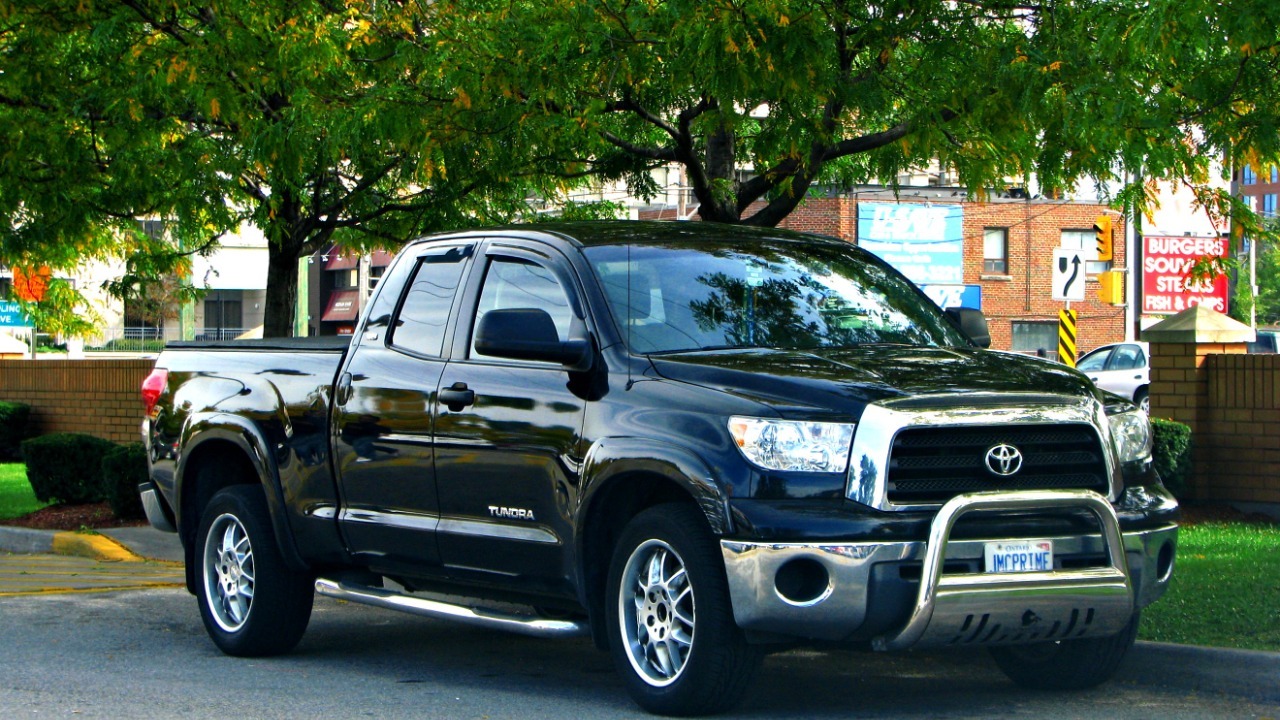
Crash safety is a critical consideration for anyone in the market for a pickup truck. While these vehicles are generally known for their durability and power, not all models offer the same level of protection for rear-seat passengers. Here, I take a closer look at 10 popular pickup trucks that have been flagged for poor rear-seat crash safety, based on various crash test ratings and real-world performance data.
Ford F-150
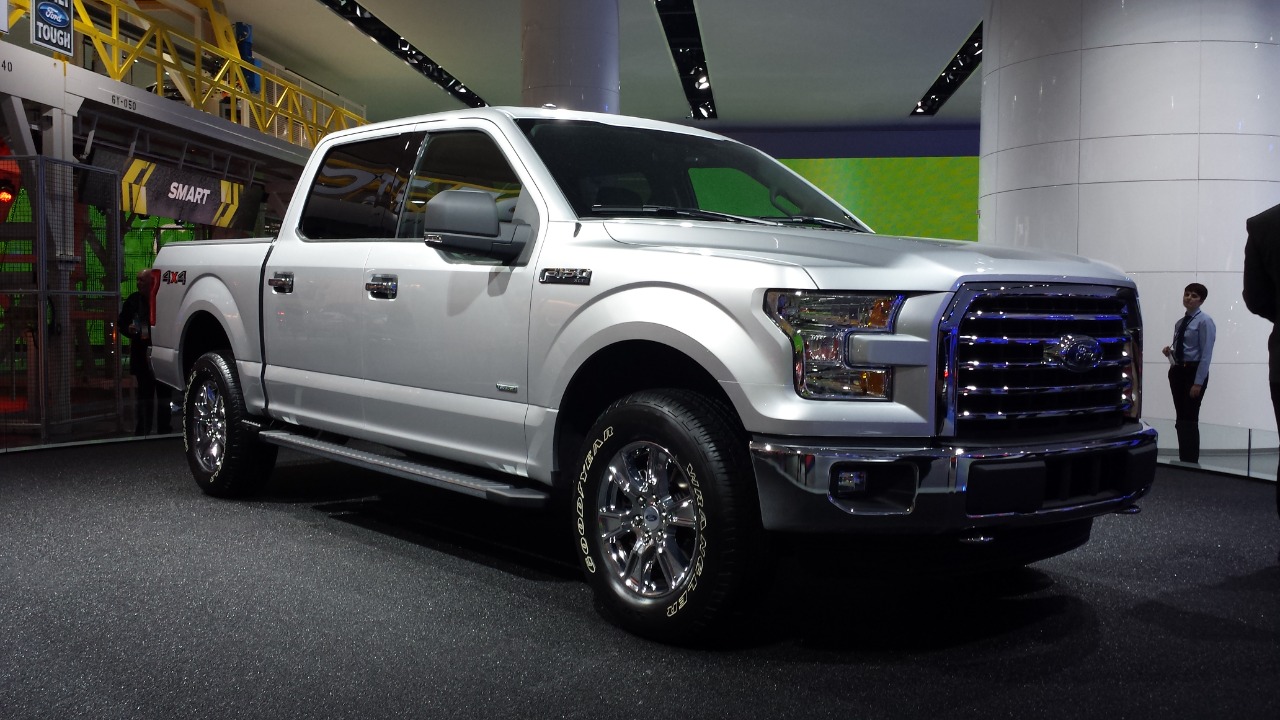
The Ford F-150 is one of America’s most beloved trucks, consistently leading sales across the country. However, when it comes to rear-seat crash safety, it has room for improvement. Recent crash tests have shown that the rear-seat passengers may not be as protected as one might expect from such a robust vehicle.
Despite its popularity, many models from the 2015 to 2020 production years have been highlighted for their subpar rear-seat safety ratings. The Insurance Institute for Highway Safety (IIHS) has noted inconsistencies in rear-seat protection, which potential buyers should consider.
Chevrolet Silverado 1500
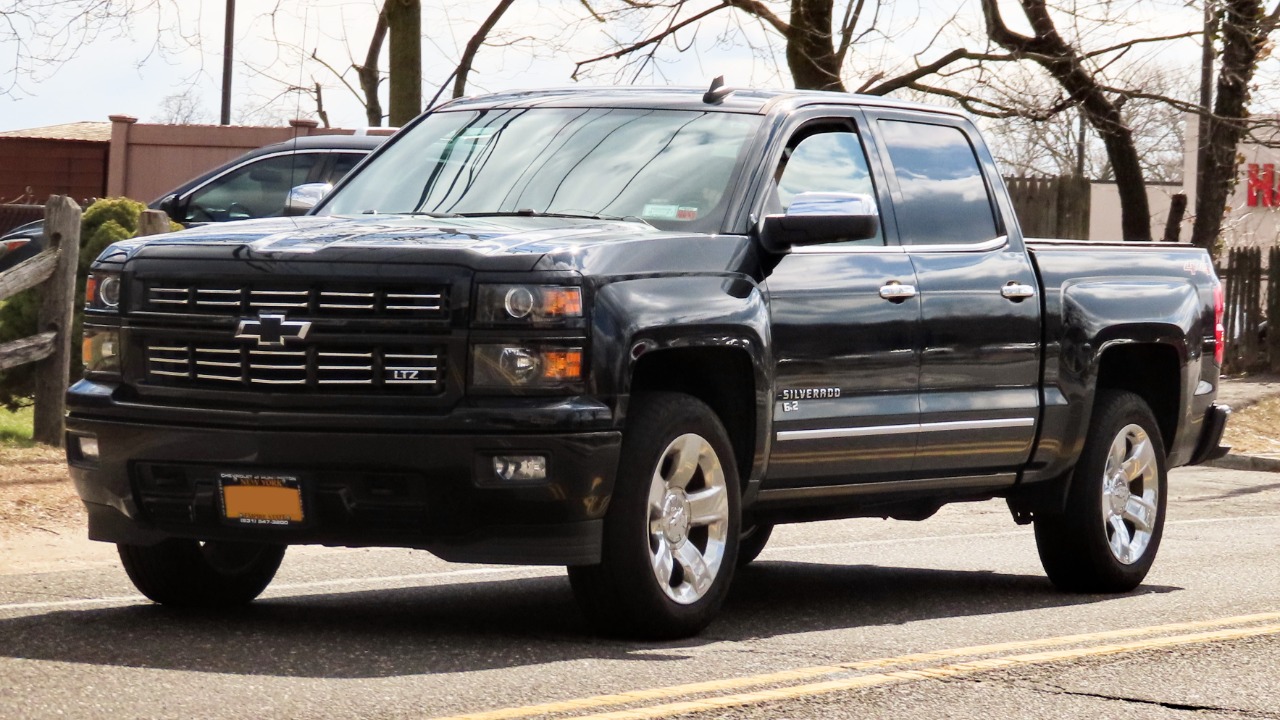
The Chevrolet Silverado 1500 is another staple in the pickup community. With its rugged design and powerful engine options, it’s a favorite among many truck enthusiasts. However, its rear-seat crash safety performance leaves much to be desired. Certain model years, especially those produced between 2014 and 2019, have shown weaknesses in rear-seat safety.
In particular, the rear-seat head restraints and seat belt reminders have been noted as areas needing significant improvement. For more details on vehicle safety ratings, you can check out this comprehensive report.
Ram 1500
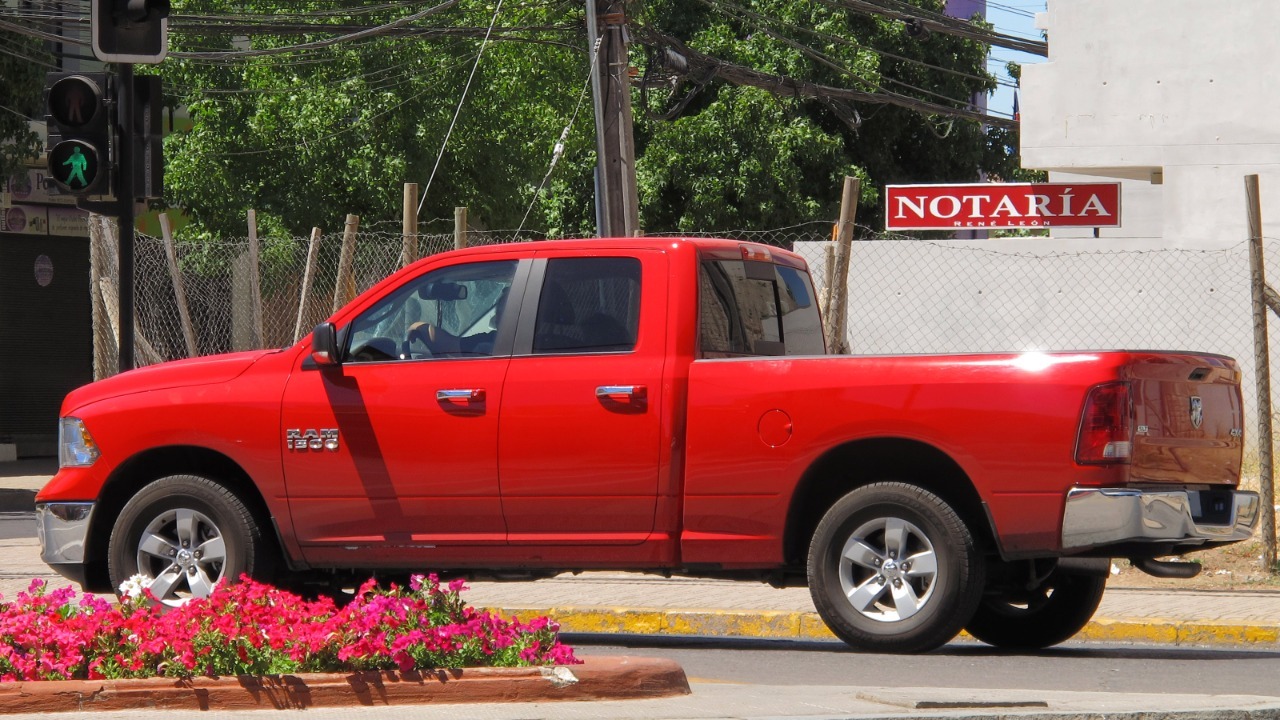
The Ram 1500 is renowned for its smooth ride and luxurious interior, making it a top choice for those seeking comfort in a pickup. However, rear-seat safety remains an area that requires attention. Model years from 2013 to 2020 have not scored as well as their competitors in crash tests focused on rear-seat protection.
Concerns have been raised about the effectiveness of the rear-seat belts and the overall cabin structure in providing adequate protection during a collision. This is something to keep in mind for those frequently transporting passengers in the back.
Toyota Tundra
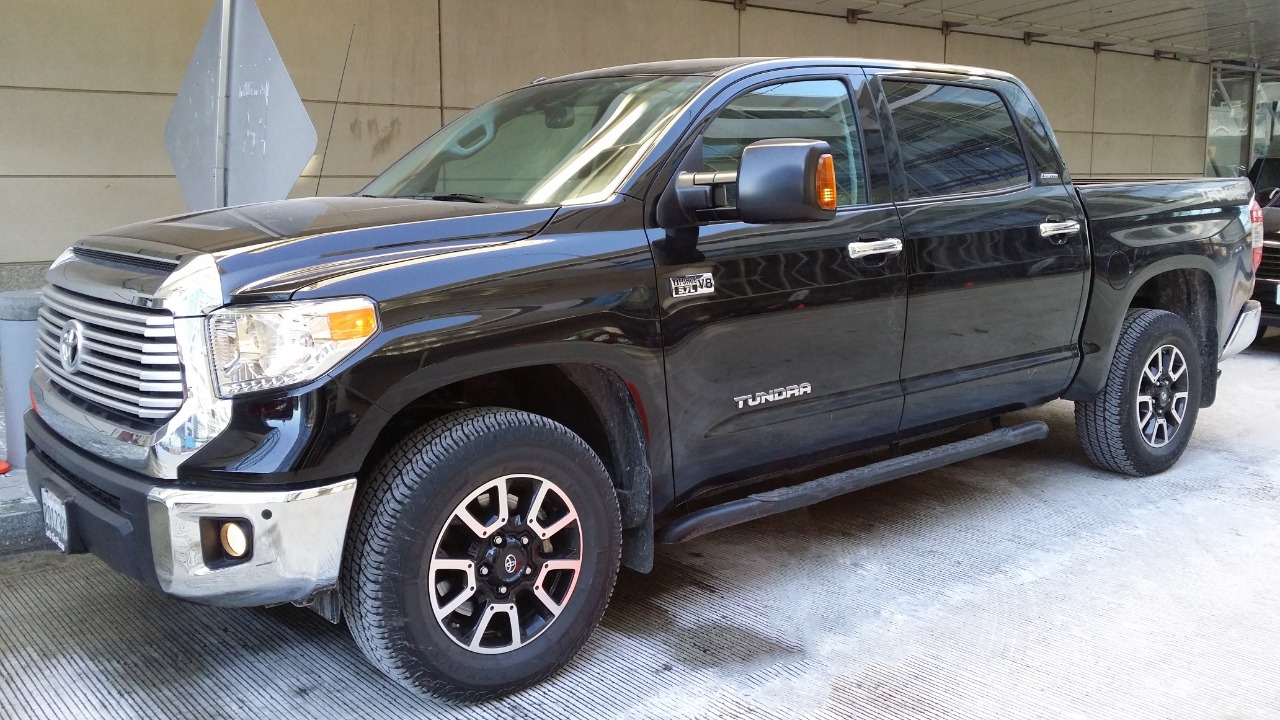
The Toyota Tundra, valued for its reliability and performance, unfortunately does not excel in rear-seat crash safety. The models produced between 2014 and 2018 have shown vulnerabilities in crash tests, particularly concerning the protection of rear passengers.
Safety advocates have pointed out that while the front-seat protection is commendable, the rear-seat safety features need enhancements to match the overall build quality of the truck. For those interested in detailed safety ratings, this review of new cars with poor safety ratings might be enlightening.
Nissan Titan
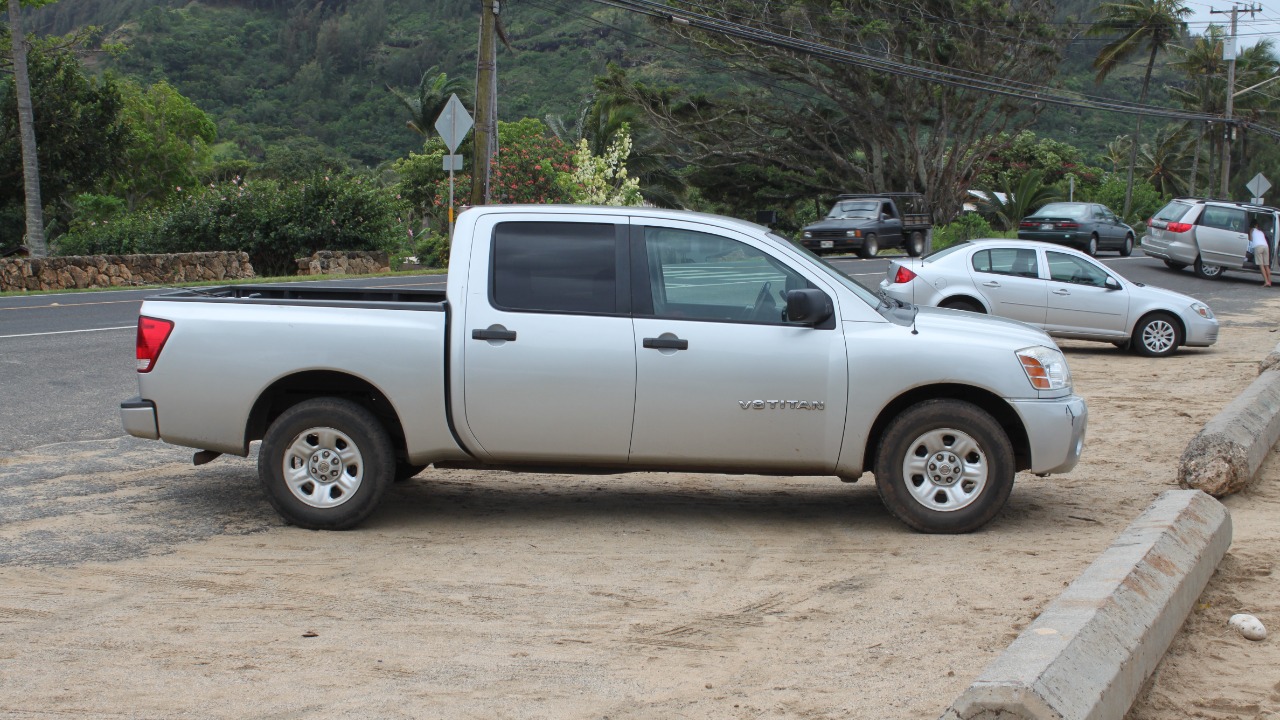
The Nissan Titan is known for its powerful engine options and towing capacity, yet its rear-seat safety features have not kept pace with its other strengths. Models from 2015 to 2019 have been critiqued for inadequate rear-seat protection during crash scenarios.
Issues such as insufficient airbag coverage and limited rear-seat structural integrity have been highlighted in various safety assessments. Prospective buyers should weigh these factors, especially if rear passengers are a frequent consideration.
GMC Sierra 1500
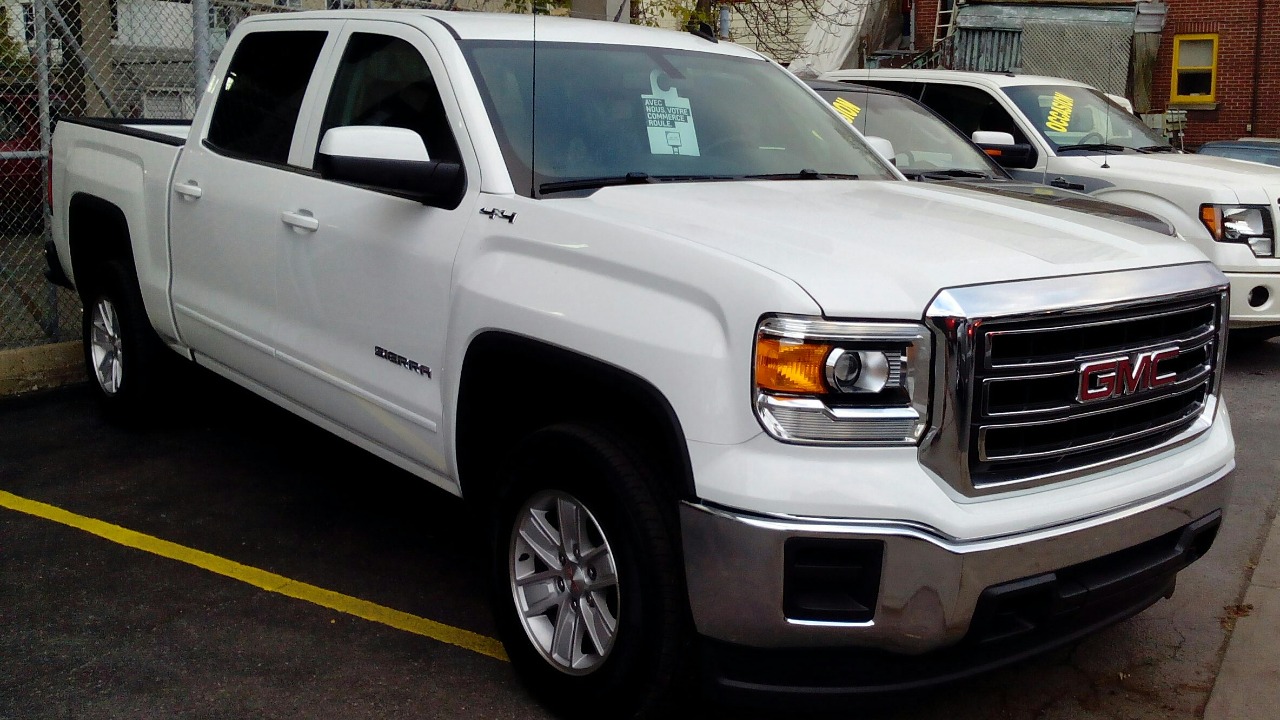
The GMC Sierra 1500, often praised for its upscale features and robust performance, has been flagged in rear-seat safety tests. Models from 2014 to 2019 have shown that the rear-seat passengers are not as well-protected as those in the front.
Features like rear-seat belt pretensioners and airbags have been identified as areas needing improvement. The University of Michigan’s research provides further insights into the safety concerns associated with these models.
Honda Ridgeline
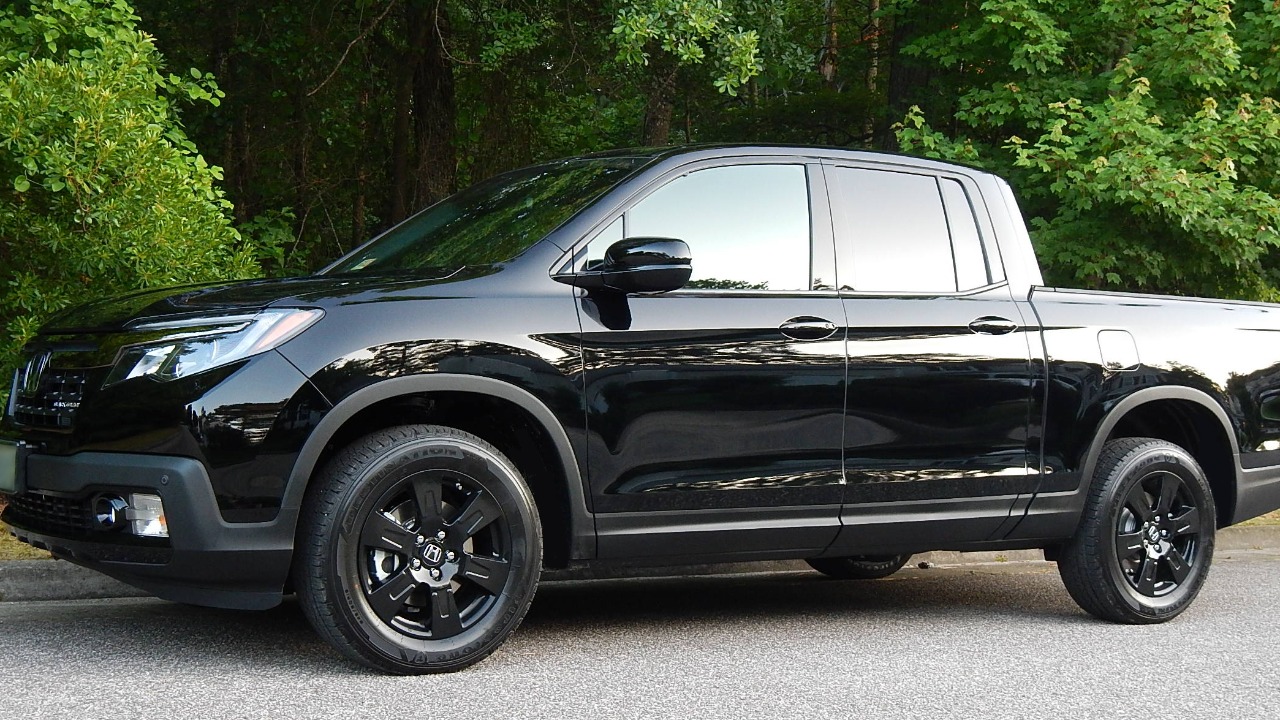
The Honda Ridgeline stands out for its unibody construction, which is atypical for pickup trucks. While this design contributes to a smooth ride, it has its drawbacks in terms of rear-seat safety. Models between 2016 and 2020 have been noted for weaker rear-seat crash protection.
Critics have pointed out that the lack of robust rear-seat restraints and comprehensive airbag coverage can put passengers at risk during a crash. It’s a factor that potential buyers should evaluate carefully.
Ford Ranger
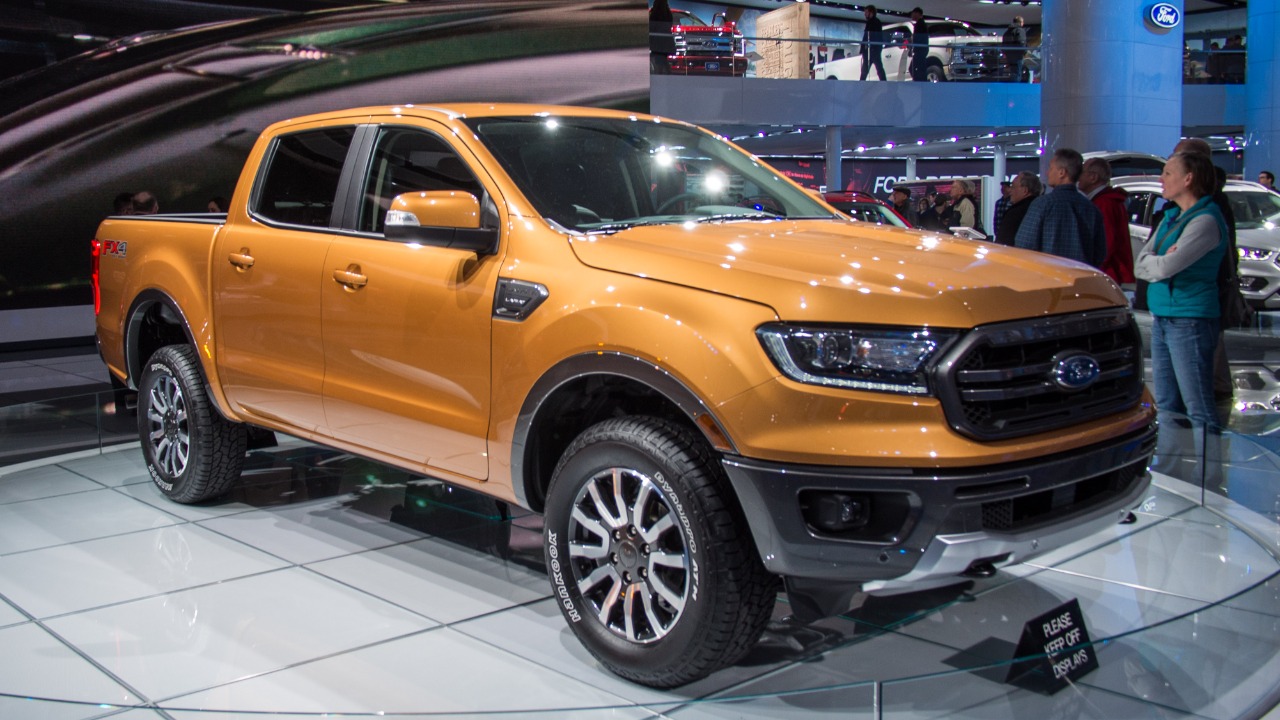
The Ford Ranger has made a strong comeback in recent years, appealing to those looking for a midsize truck with good performance. However, its rear-seat safety features have been under scrutiny. The 2019 and 2020 models, in particular, have highlighted some rear-seat vulnerabilities in crash safety tests.
While the Ranger offers modern tech and comfort, the rear-seat protection does not match up to its competitors, a point noted by safety experts in various crash assessments.
Chevrolet Colorado
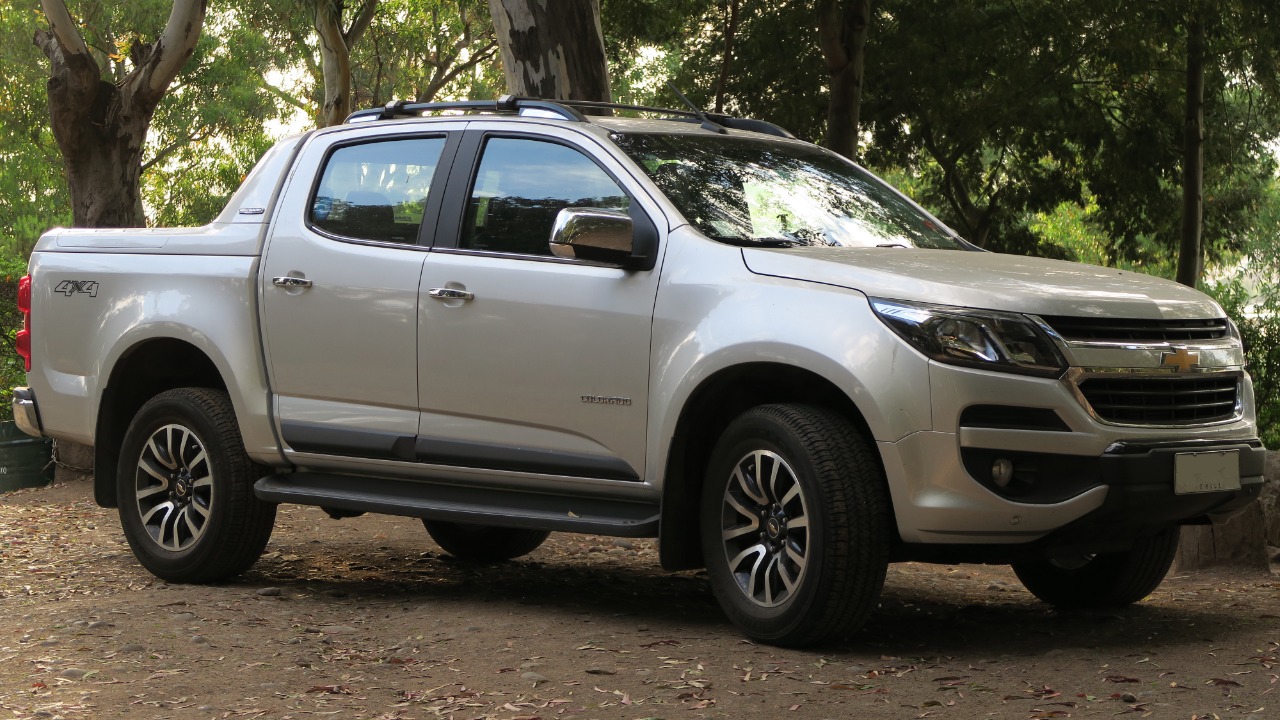
The Chevrolet Colorado is a popular choice for those seeking a midsize truck that balances work and play. Despite its versatility, rear-seat safety is an area where the Colorado has room for improvement. Models from 2015 to 2020 have shown that rear-seat passengers may not be as well-protected as expected.
Improvements in rear-seat airbag deployment and seat belt technologies are necessary to enhance passenger safety. For more about how newer vehicles have fared in safety tests, a video overview could provide additional context.
Jeep Gladiator
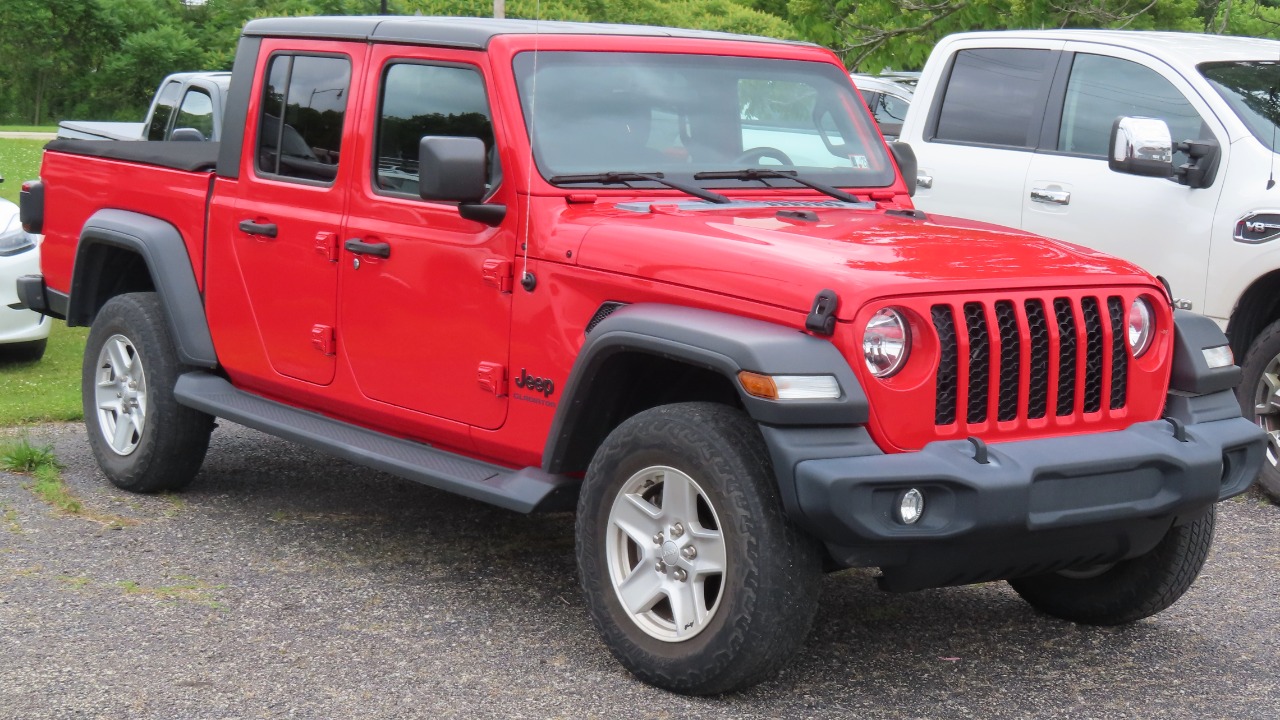
The Jeep Gladiator, known for its off-road prowess and unique styling, rounds out this list. While it offers a fun and rugged experience, its rear-seat crash safety is a concern. Models from 2020 onward have revealed some weaknesses in protecting rear-seat occupants.
Key areas needing improvement include enhanced rear-seat structural integrity and better airbag deployment systems. For those planning to use the Gladiator for family trips, these safety aspects should be considered carefully.